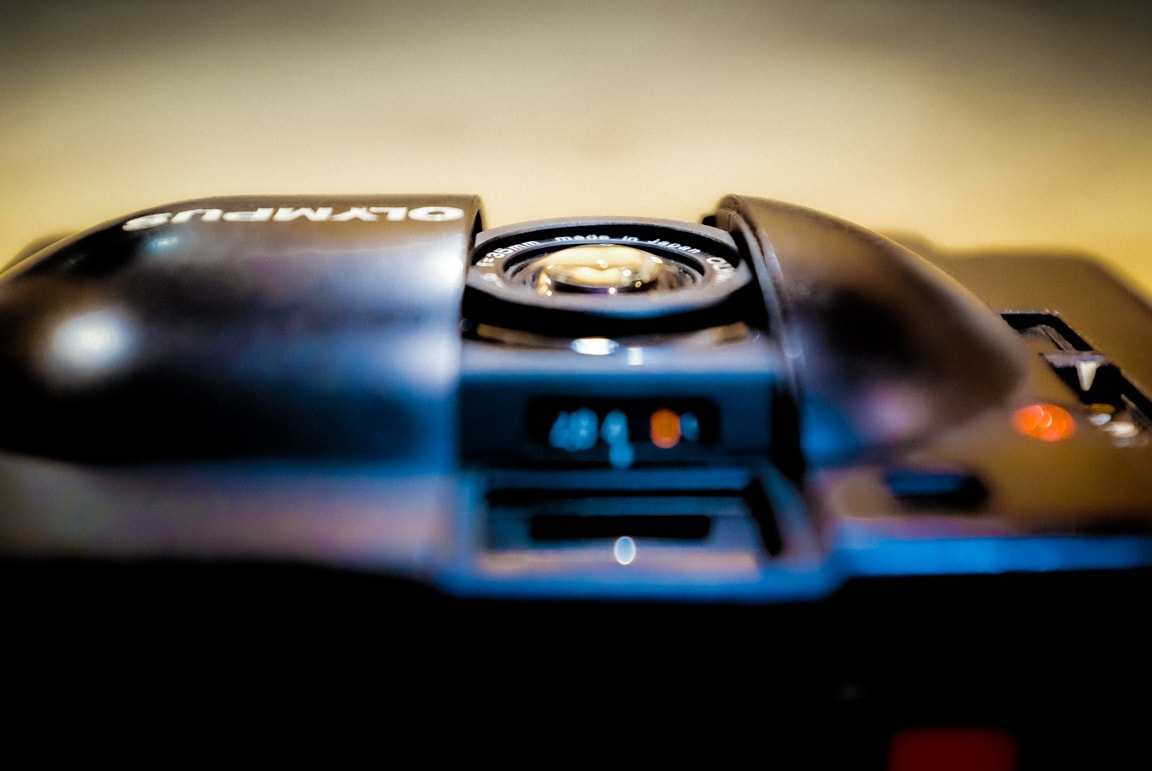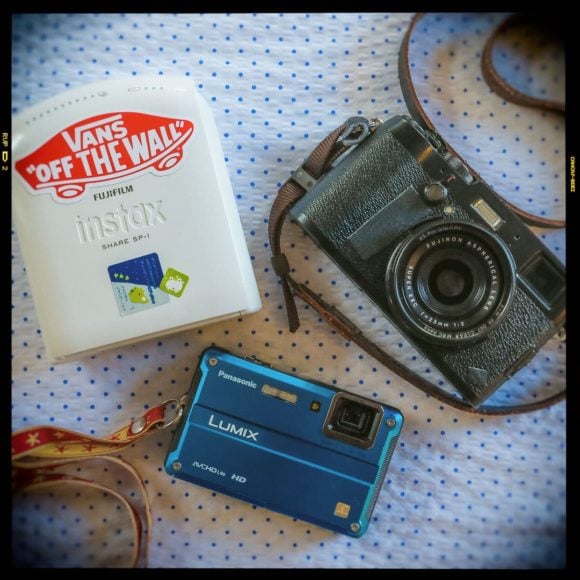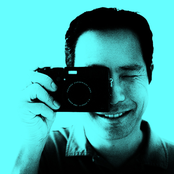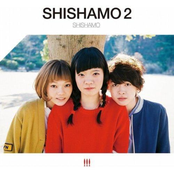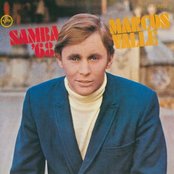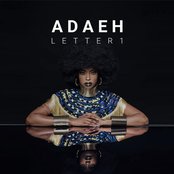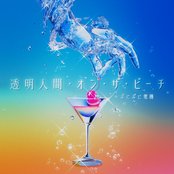U stands for “Upgrading”
We are constantly urged by ads and marketing to upgrade everything we have. For instance, phones, software, cars, gadgets, etc. In photography, we’re presented with new cameras and technology every year. The camera you just bought will be “obsolete” as soon as next year’s model comes out. There’s more and more megapixels, better high ISO sensitivity, faster AF… the list goes on and on!
When I bought my Fujifilm X100T last year, it made me realize that I didn’t have to upgrade my camera gear to improve my photography, or more importantly, get more enjoyment out of my hobby. I became more aware of the concept of “good enough” and the “satisficers” vs “maximizers” and found myself falling into the camp of the satisficers. This camera had less megapixels than my dslr, didn’t have as high a burst mode, and the video quality was worse. But it was definitely good enough, and the advantages of small size, low weight, simpler controls made it a far more enjoyable experience for me. “Good enough” actually brought me more joy than “maximizing”.
So, now I ask myself… why must I upgrade to the latest and greatest? Phones for instance… I find a low to mid-range smartphone good enough for me. I don’t have the urge to upgrade. Also, I use Adobe Lightroom every day, but I decided not to upgrade to the latest “Cloud” version… for me, version 5 was good enough. If I had the CC version, it would probably force me to upgrade my computer to keep up with the more powerful features that are regularly added. I don’t want to get forced into this cycle of upgrading!
It used to be a huge temptation for me to keep upgrading my things. But these days, I find happiness in settling for the “good enough” items, and I do not spend cycles worrying or researching to make sure I am at the cutting edge. For me, it’s a more satisfying way to live, and I can spend my energies elsewhere.
